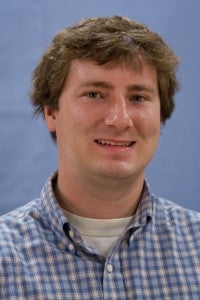
By: Sam Sink, 2011 Climate Corps Public Sector Fellow at Groce United Methodist Church in Asheville, NC; M.S. Technology candidate at Appalachian State University
As an EDF Climate Corps Public Sector fellow at Groce United Methodist Church in Asheville, North Carolina, I have the opportunity to make a positive impact on the community. Because churches have historically been places where people share ideas and learn about emerging world trends, it is fitting that I am at Groce sharing ways to save energy and reduce greenhouse gas pollution.
I began with a traditional energy assessment of the church’s electrical systems and building usage to establish a baseline for energy consumption. So far, I have identified energy cost savings that could reduce the current electrical consumption by 25%. This amounts to 30,000 kWh saved and 20 tons of carbon dioxide reduced. Groce and I are pleased with these savings, but I had to come up with creative ideas to raise the bar and save more energy.
Inspiration came to me one hot day in June… Solar energy!
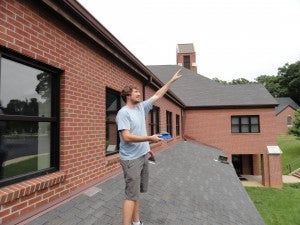 I have a background in renewable energy generation, which helped me analyze options for solar panels to curb energy consumption. I identified a section of roof at Groce that had perfect southern exposure and conducted a site assessment that yielded impressive results.
I have a background in renewable energy generation, which helped me analyze options for solar panels to curb energy consumption. I identified a section of roof at Groce that had perfect southern exposure and conducted a site assessment that yielded impressive results.
The roof site I identified has the potential to carry a 20kW photovoltaic array, which will reduce Groce’s energy requirements from the grid by an additional 19% and eliminate another 16 tons of carbon dioxide. The solar panel payback period is 5 years, and it has the potential to offset carbon pollution from coal fired power plants for 30 years.
The greatest benefit from the photovoltaic array is not the savings or the reduced carbon load, but the educational awareness. By exposing the children of the community at Groce and Asheville to renewable energy technology, and providing a sense of pride and ownership of the solar panels, we are fostering conversations about energy in the years to come. The installation of solar panels at Groce will spread the message that energy savings strategies are more than traditional lighting retrofits and programmable thermostats. I look forward to hearing buzz from the congregation and community about how cool it is that Groce is leading the way to a green future.
EDF Climate Corps Public Sector (CCPS) trains graduate students to identify energy efficiency savings in colleges, universities, local governments and houses of worship. The program focuses on partnerships with minority serving institutions and diverse communities. Apply as a CCPS fellow, read our blog posts and follow us on Twitter to get regular updates about this program.
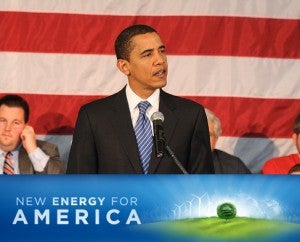
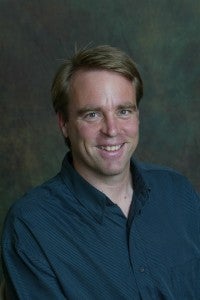

 Jen and I work in Estey Hall, a beautiful, red brick administration building. It was constructed in 1864 as a dormitory for women. Because of its age, the building is difficult to uniformly heat and cool. Walking through the hallways and into rooms, we noticed defined layers of temperature. We decided to track thermostat settings to get to the bottom of these temperature discrepancies. What we found surprised us!
Jen and I work in Estey Hall, a beautiful, red brick administration building. It was constructed in 1864 as a dormitory for women. Because of its age, the building is difficult to uniformly heat and cool. Walking through the hallways and into rooms, we noticed defined layers of temperature. We decided to track thermostat settings to get to the bottom of these temperature discrepancies. What we found surprised us!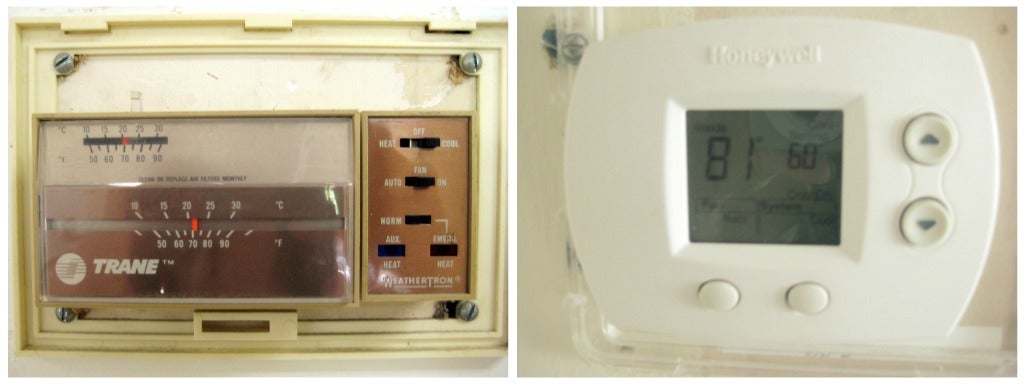
 By: Jian Huo, 2011 Climate Corps Public Sector Fellow in
By: Jian Huo, 2011 Climate Corps Public Sector Fellow in 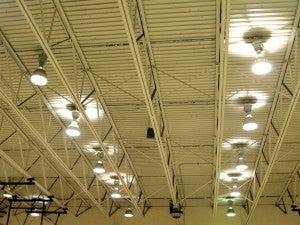
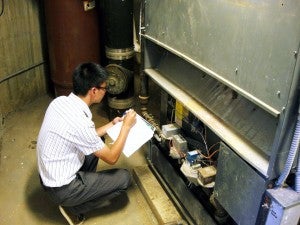
 By: Jim Hildenbrand, 2011 Climate Corps Public Sector Fellow at
By: Jim Hildenbrand, 2011 Climate Corps Public Sector Fellow at 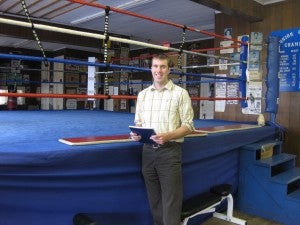 Now in the second half of my fellowship, the pace has not slackened and I am evaluating a variety of opportunities for energy savings. About 20 of Middletown’s buildings consume 9,000 megawatt-hours per year. Each building is unique and no two buildings serve the same purpose. While this adds to the challenge, it has been a lot of fun. I explored a turn of the century schoolhouse that was retrofitted into a boxing ring. I also traversed the floors of the headmaster’s house of a former all-boys school that is now used as the seat for the historical society, a gymnasium, and a drug rehabilitation program.
Now in the second half of my fellowship, the pace has not slackened and I am evaluating a variety of opportunities for energy savings. About 20 of Middletown’s buildings consume 9,000 megawatt-hours per year. Each building is unique and no two buildings serve the same purpose. While this adds to the challenge, it has been a lot of fun. I explored a turn of the century schoolhouse that was retrofitted into a boxing ring. I also traversed the floors of the headmaster’s house of a former all-boys school that is now used as the seat for the historical society, a gymnasium, and a drug rehabilitation program.